After having an exhaustive morning of backpacking and hiking in the wilderness, all you need at midday is a nutrient-rich lunch that will replenish the lost nutrients that were burnt in your strenuous exercises.
Lunch is more advanced than the breakfast, and thus you need more food for that, unless you took enough energy boosters during your backpacking journey, then lunch wouldn’t be that demanding.
A lunch in the wilderness is more challenging than a lunch at home because of the choice of food in your back country gear. We will provide you the backpacking lunch ideas in this article to help you brainstorm your options.
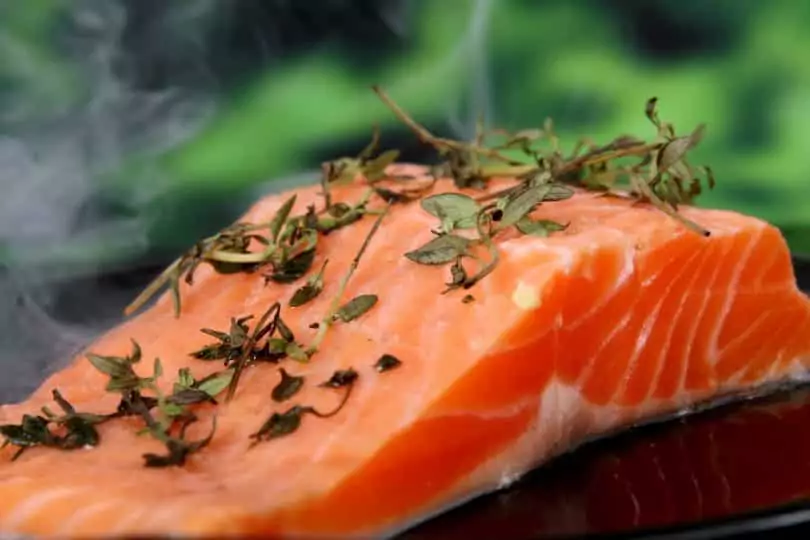
In our back country lunch ideas, we will help you pack the right food from home, tell you which food you should purchase, how to cook it, and share the recipes. The importance of eating certain nutrients will also be discussed.
How much food should you pack?
How much we pack often dictates our lunch choices. If you’re used to perishable food, for example, you have to amend the hobby when coming to the wilderness. Perishable foods may be ideal for short days of backpacking.
The aim is to bring food types that will last you as long as possible, yet light weight that they will not cause muscle fatigues in your body. The popular choice of many people is the tin-stuff food, but the more you pack is the more bulky and heavy they become.
To start with, the amount of food to pack is dependent upon the extent of your backpacking or hiking adventure. If you are going to have a weekend outing, it’s needless to over-pack your gear. Perishable food such as cheese, chicken, and bacon can be ideal for that. But a whole week of getaway demands perishable food that could be kept cool for that long.
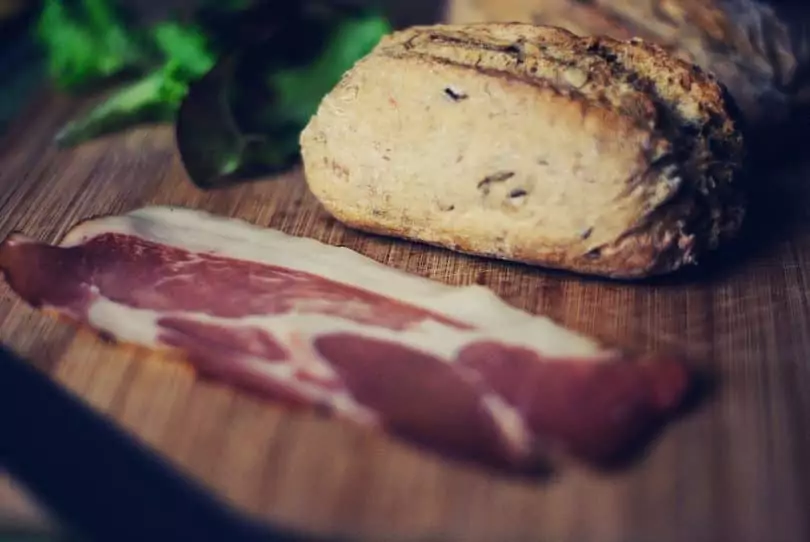
Well, taking the refrigerator with you will certainly be impractical. Even if you can purchase the alternative gadgets to keep food cool, they have a certain limit. The ice packs too, have a limited period to keep your food cold. So, what should you bring then?
Ideal food for hiking lunch ideas
The ideal foods for your backpacking adventure include fresh food, dry food, freeze-dried, spices, canned foods, and snacks.
Fresh food
These are dependent on the number of days to spend in the wilderness. Bananas, apples, pears and other fruits can start decomposing the longer you keep them unconsumed. Carrots often last longer so you are safe with them. If you are going out in winter, you will still be safe.
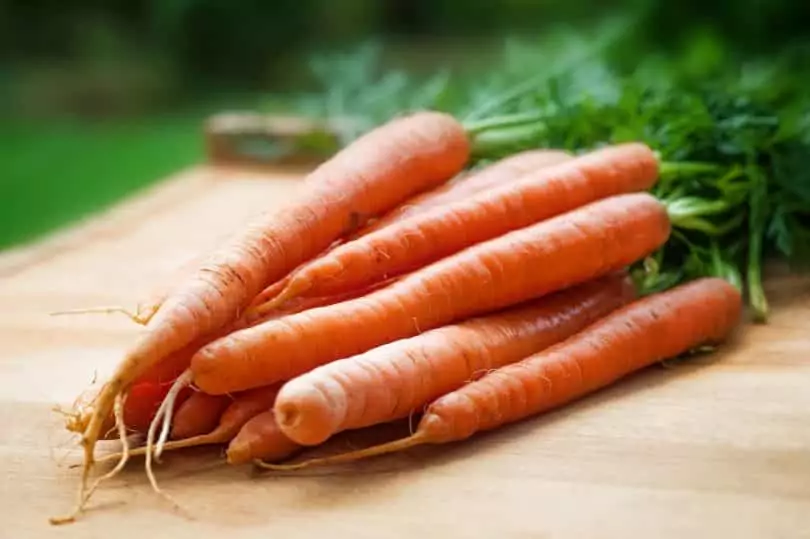
Freeze-dried food (dehydrated)
These ones are also ideal to pack for your lunch, even though they can be expensive. But it’s worth an investment because they can last long. For some dehydrated food recipes you can make, see our article on this important topic.
Dry food
These may include macaroni, oats, pasta, and rice. They can last you long, too, in the wilderness. They are also light in weight in your backpack gear.
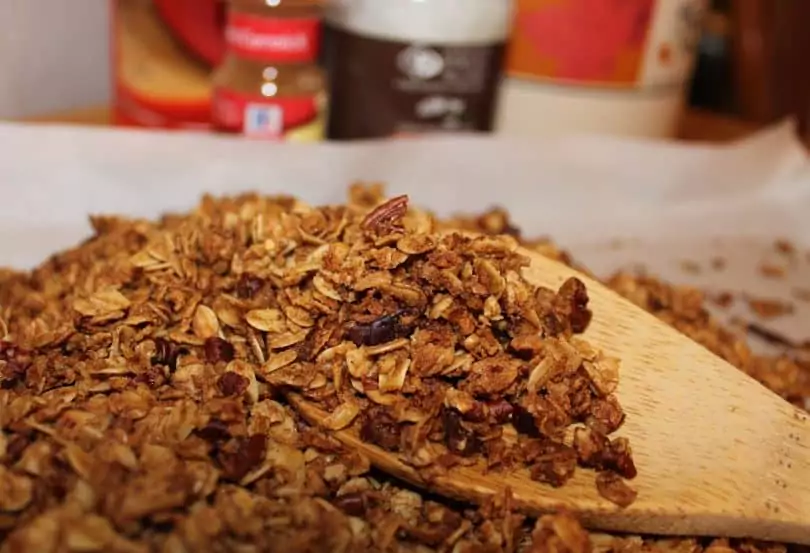
Spices
Spices are essential to make your foods more appealing and appetizing, especially to your kids. You can bring cinnamon, salt, cayenne pepper, pepper, lemon pepper, garlic powder or cumin. There are plenty of spices that you can bring your delicious food. A good choice is to bring whatever you already have in your kitchen.
Canned food
Tin fish, tuna, baked beans, canned salads, and more, are ideal foods to bring to your backpacking. The cans can be heavy too, so, it’ advisable to empty the contents in light and separate containers and then seal them to retain their freshness. Sometimes it’s better if you prepare them at home, but then you will need to keep the cool for longer days. Otherwise, bring the canned foods to your wilderness excursions.

Beverages
Usually at home, after consuming your lunch, you would go to the fridge to grab a flavored drink. It shouldn’t be different with camping. Powdered drinks can be ideal because of the absence of the refrigerator in the wilderness. Water supply could be in your vicinity. For clean, potable water anywhere, read our article on the best survival straw water filter to help you with more options.
Important Food Facts
Heading to the wilderness doesn’t mean we have to alter the nutritional formula altogether that you have kept at home. Nutritious food will be more vital more than ever when you are backpacking or hiking. Be mindful of the steep trails you traverse on and the long miles you trek on.
All you need is a well-balanced and healthy body. That being said, whenever packing your lunch food at home, you should take cognizance of the nutritional information. Priority should be given to complex carbohydrates, fiber and proteins.
Carbohydrates
Fresh vegetables and fruits, whole grains, are ideal choices for the provision of complex carbohydrates. Such kinds of food, usually release energy slowly because after eating them during lunch, you won’t feel hunger prematurely, before dinner/supper comes. Try to limit sugary food.
Our choices here will be the fruits such as pears, plums, apples, oranges, and bananas. The vegetables could be the broccoli, carrots, cabbage and spinach. These are highly nutritious and can boost your body health to survive hundreds of miles in the back country.
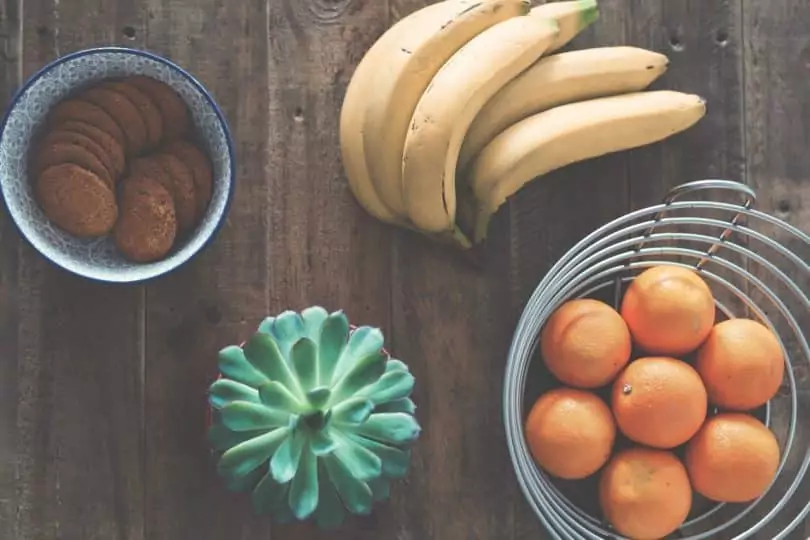
Proteins
To have ample fiber and proteins, food such as tuna with cheese and whole grain crackers are suitable. Meat and boiled eggs should also be ideal food to consider providing you the needed nutrients. Because most of these foods are perishable, freezing them and wrapping them with the aluminum foil for later consumption is the best option.
They should be stored in an insulated container. Your lunch after consuming proteins will be remarkably great and you will have more energy to even go extra miles.
Other campers at times have that feeling of tiredness after they had lunch and therefore see no need to continue with their backpacking activities. This could be attributed to the bad choice of nutritious food.
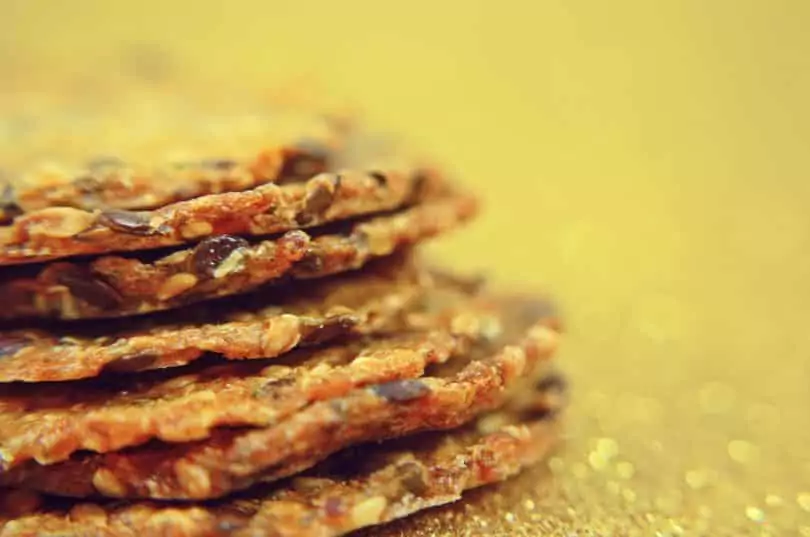
We therefore encourage you to even consult the dietitian regarding the choice of food in the wilderness. But our tips are sufficient to help you narrow the search. The other drawback of lunch food is the complexity of preparing them.
Other considerations for back country lunch ideas
Costs
Your budget will limit some of the best choices, but some purchases are worth the investment. Energy-rich foods and freeze-dried foods, in particular, can be quite expensive. However, they are indispensable if you need enough energy for your body to withstand climbing the highest summits. If you are bound to lift heavy weights, the body needs to be revitalized and energized.
Water abundance
You have to circumnavigate your back country in search for available water sources because that will help you in the selection of foods. Some foods need lots of water to cook them, and if you’re backpacking far from water sources, that could be bad news for you. You should therefore take this into account before packing your gear. Check out our piece on the best gravity water filter to help you with clean and safe water supply.
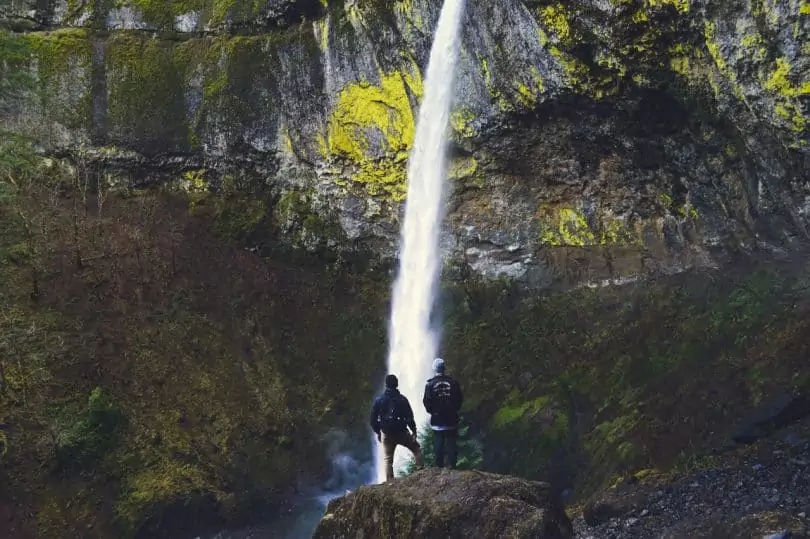
Stove fuel or campfire convenience
If you plan to cook on a campfire, you must make sure that you have adequate woods or coals to cook your food. The ones that take longer to cook, may not be ideal for the limited supply of campfire resources. The same applies to the stove fuel; make sure you have enough to cook your lunch foods. This should also be a guide for you to choose carefully. Read our comparison between the Jetboil flash and Zip stoves to help you choose the best cooking stove for backpacking.
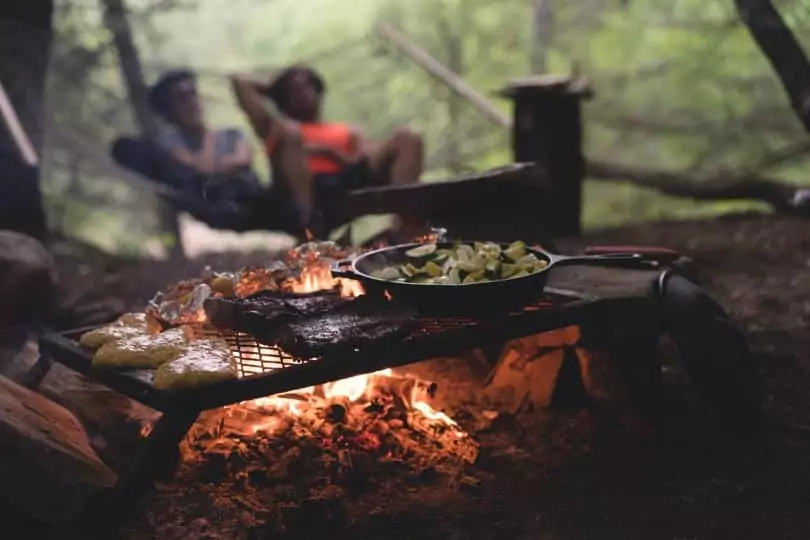
The wilderness conditions may be unpredictable. So, you’re urged to bring more of the pre-made lunch meals if, for just-in-case, it rains heavily to an extent that you can’t make a campfire or in the event that your fuel gets depleted before your backpacking day’s end.
Backpacking lunch meals ideas
We have given you some tips already that what kinds of foods should you consider and what are the guidelines or factors to consider when choosing these meals. Below we will give you specific meals you can consider. Our main aim is to save you time of having to unpack, prepare and clean up after having lunch every midday.
There is a plethora of meal ideas for your lunch time and the popular choices of other outdoor hobbyists include the energy bars, oats, nuts, fig bars and dried fruits. Fatty foods are also recommended such as cheese and nuts (Walnuts and Almonds). The main aim is to pack fats that burn slowly when ingested.
Meat options
Tuna, beef jerky, and salami, are the suitable meat options that need not the refrigerator to keep them cool. So better have them for your trail lunch preparations. They are furthermore nutrient-rich wherein you can get enough sodium and proteins.
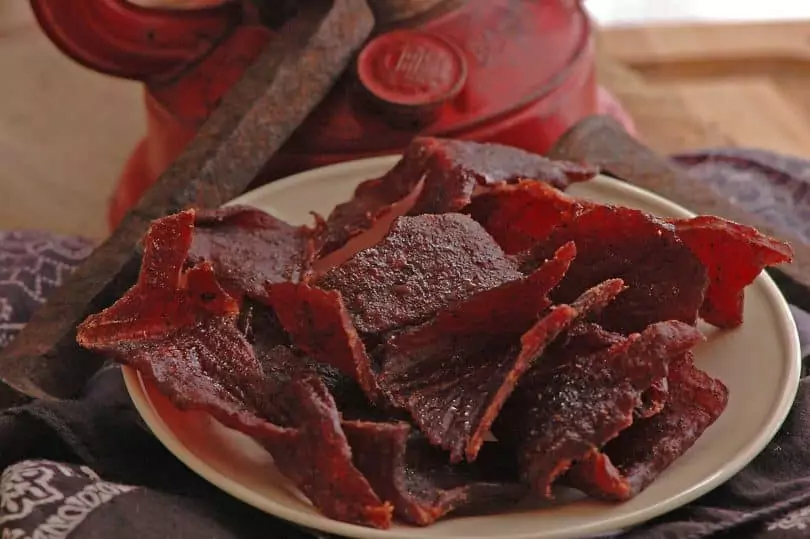
Tortillas
Tortillas can be the best choice too for your trail lunch. They are lightweight and pack easily and also easy to prepare. You can also bring along the bread for a quick lunch, even though many loaves of bread can be bulky and heavy.
Cheese
From cheese, you can consume fat and lots of calories. And, you can boost the flavor of your bread, tortillas or meat with cheese to make your backpacking adventure more memorable. Note that there are a variety of cheese products out there.
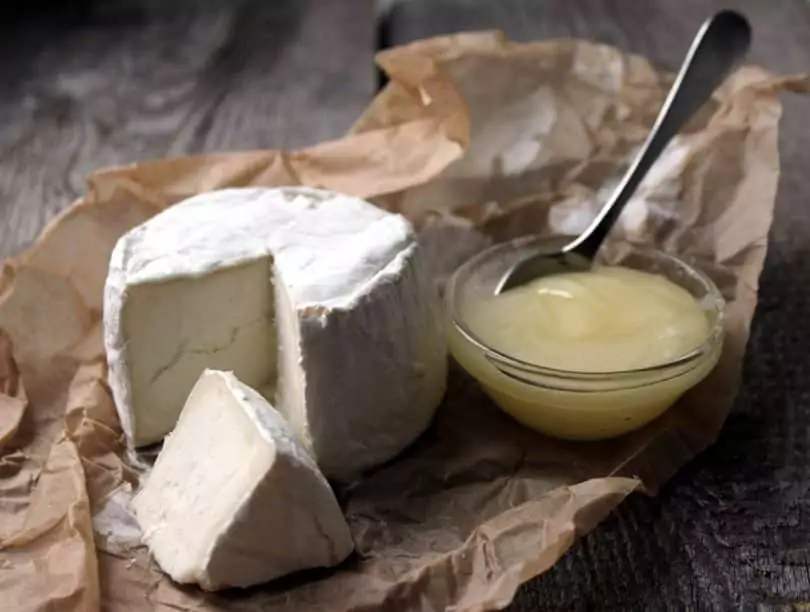
Crackers
Crackers are high in sodium and carbs. They are also delicious and ease to make.
Peanut Butter Energy Bars
To make these energy bars, you need a cup of peanut butter, 3 cups of instant oatmeal and ¾ cup of honey. Mix the honey and the peanut butter in a saucepan and then warm them. Continue stirring them until mixed completely. Then take them off the stove//campfire and add them to the oatmeal. You can then cut them into energy bars and serve.
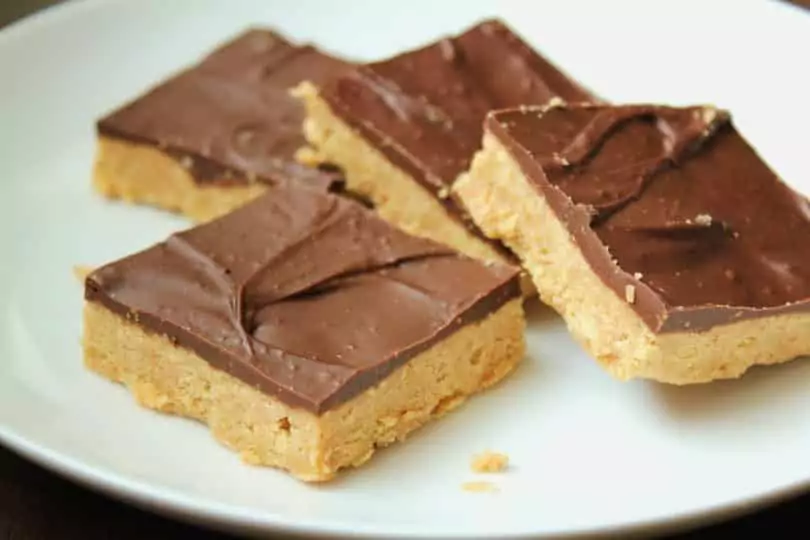
Better prepare this at home and then store them in a plastic bag or wrap in an aluminum foil. Consider adding optional items such as the coconut, seeds, nuts and the dried fruits to the recipe just to boost deliciousness.
Lemon Ginger Granola
You need ¼ cup of wheat germ, ½ cup of chopped walnuts, 2 cups of oats, ¼ cup of honey, 2 spoons of brown sugar, a teaspoon of veg oil, ¼ cup of raisins, juice and lemon, ¼ cup of chopped candied ginger and a teaspoon of grated ginger. Then preheat the oven at 250 degree Fahrenheit at home. Take a large bowl to mix the oats, nuts, brown sugar, wheat germ, then mix the honey, grated ginger, lemon juice and zest in another bowl.
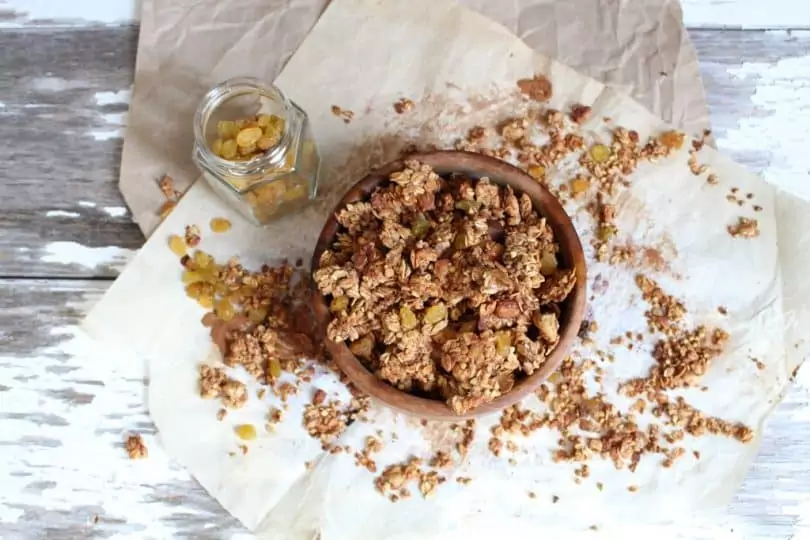
Eventually mix both mixtures in the bowls. Then spread it out onto a cooking sheet. Subsequently bake in the pre-heated oven and stir after every 15 minutes until you’re satisfied with the taste. You can then store the meal in an insulated container to serve as lunch in the wilderness.
Hummus
Hummus needs two teaspoons of olive oil, 2.5 ounces of chickpeas, 4 minced garlic cloves, and 6 teaspoons of sesame tahini and lemon juice. To successfully make this, add olive oil, lemon juice and tahini to the mashed chickpeas. This melon juice should preferably be from 3 lemons.
Then add garlic to the mixture and continuously mix until it smoothens. If you are satisfied with the preparation, store the contents in a zip lock bag or airtight container. And you can serve with pita bread slices.
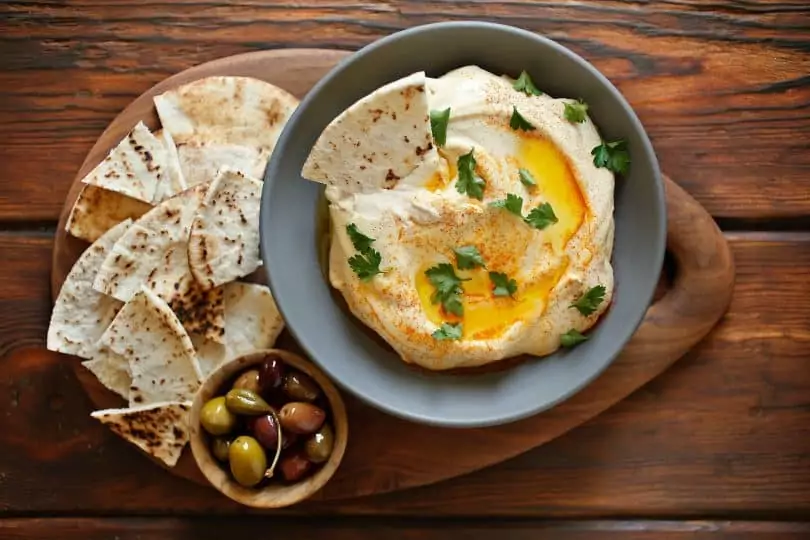
Six people can be served with the hummus. It’s in fact a great energy food and snack for your backpacking lunch because of the nutrients it has. Moreover, it is lightweight and can last long. We recommend packing dry hummus as an alternative solution, which you can mix with water in the wilderness to serve
Logan bread
To make the Logan bread, you need 7 cups of whole wheat flour, half teaspoon of salt, ¾ cup of brown sugar, ½ cup of milk powder, cinnamon, a teaspoon of baking powder, ½ cup of chopped nuts, a teaspoon of nutmeg, a cup of raisins or any other dried fruit, ¾ cup of honey, ¾ cup of margarine or butter, 2 cups of water and ¾ cup of molasses.
To prepare the Logan bread, mix the ingredients together and add water, molasses, margarine and the honey to make dough. Prepare a saucepan and then pour the dough in it and bake in a preheated oven at 300 degrees Fahrenheit.
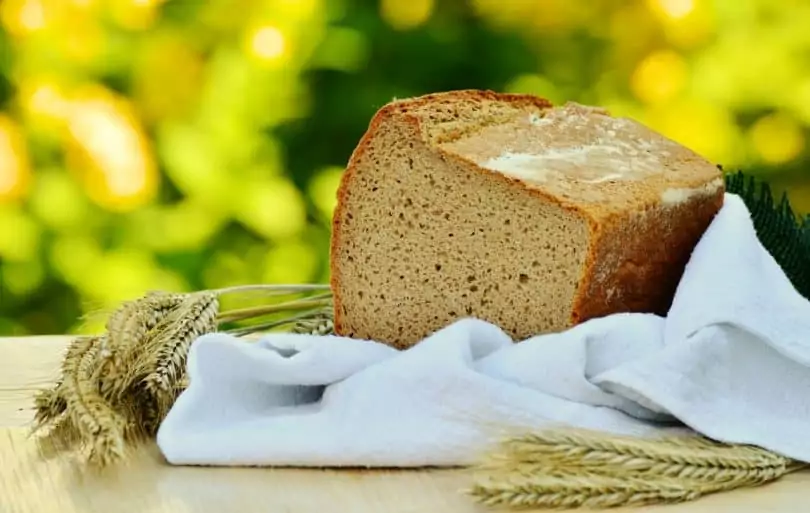
Gradually reduce the heat to about 180 degrees Fahrenheit. It can take about an hour to break the bread. Test it and see if it’s done. Then take it off the oven and wrap in an aluminum foil and pack in your gear to prepare for the backpacking gear.
Latte Bars
Latte bars ingredients include the 3 eggs, 2 teaspoons of vanilla, ¼ cup of melted butter, a cup of sugar, half spoon of salt, 2 cups of flour, ¼ cup of instant coffee, ¼ cup of milk/cream, ½ cup of choc chips and a cup of chopped pecans.
And to prepare the Latte bars, preheat the oven to 300 F and apply grease to the saucepan. Prepare a bowl and scramble the eggs in it. Then add vanilla, butter and sugar to the egg mixture. Later mix with salt and flour. Separately mix batter with coffee crystals and milk/cream and then prepare in the prepared saucepan.
Another batter should be prepared separately so you can add the choc chips to it. Then sprinkle the pecans over the batter mixed with coffee and the pure batter. Mix the contents and bake for about 25 minutes. After baking, prepare the plastic wrap for later consumption in the wilderness.
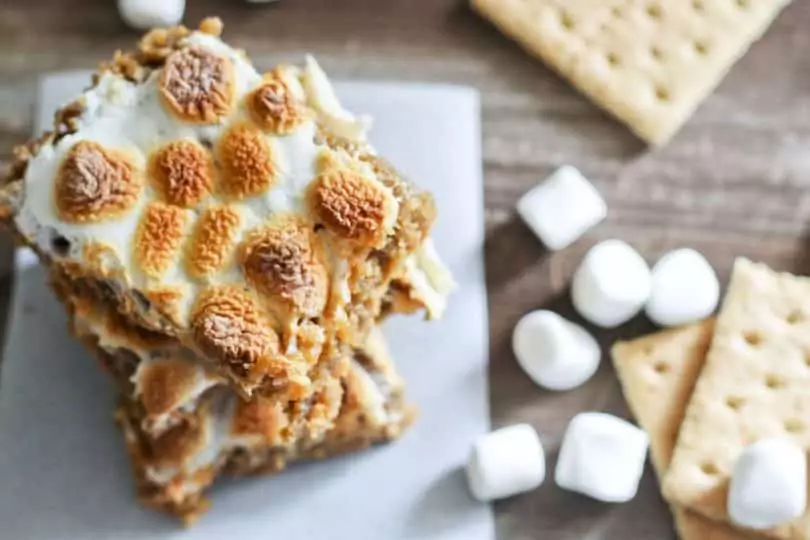
Equally important are the drink recipes for your backpacking lunch to aid in digestion or to provide your body with more energy. Below are a few drink recipes you can take into account:
Hot chocolate
Hot chocolate is ideal for winter backpacking or hiking. During the hot middays it could be unnecessary. However, taking into account the nutrients, you might go against the odds and drink it after your lunch break. To make this hot chocolate, you need ¾ cups of sugar, ½ cup of Hershey’s cocoa, 2 cups of milk powder and ½ a cup of powdered creamer.
Pour and mix these ingredients in a zip lock bag. You can make many servings of hot chocolate. For a single serving, mix ¾ of boiling water with the ¼ cup of the hot choc mixture.
Caramel Apple Cider
This could be an ideal drink recipe after your backpacking lunch. You need a 0.74 ounce packet of apple cider mix and the 2-ounce container of caramel of apple dip. To serve, add boiling water to your cup and mix with the contents, which are the caramel dip and the cider mix.

Cocoa mix
½ cup of milk powder, ½ teaspoon of cinnamon, ¼ teaspoon of nutmeg, 2 teaspoons of creamer, 3 teaspoons of sugar, 3 teaspoons of cocoa powder are the ingredients for this cocoa mix. Combine everything and pour in a zip lock bag. To serve, add about 2 teaspoons of the mixture into a cup.
Wrapping It Up!
There are a variety of drinks such as energy drinks to consume after your lunch. But then the problem is that most of the beverages need refrigerators, and that’s impractical in the wilderness. Even our food choices may not be appealing to others. These were, however, our best ideas.
If you have different ideas we reckon you follow our guidelines when choosing any type of foods. It’s not about being full, but about nutritious foods as well as the amount to pack for a certain period of backpacking or hiking.
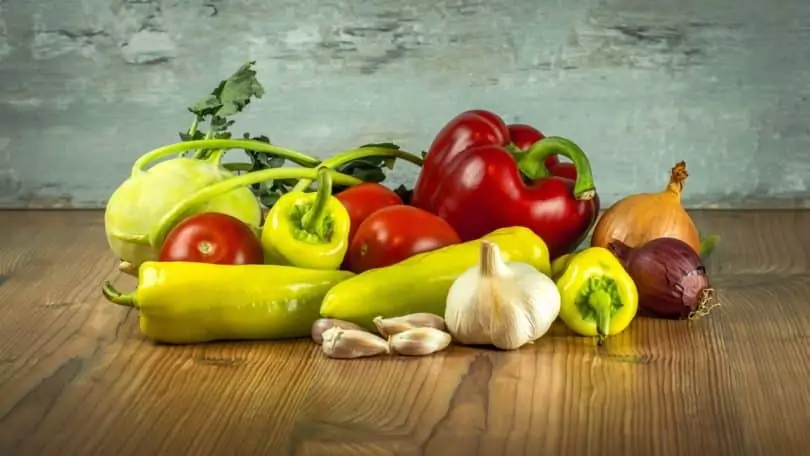
Have you other delicious recipes to share with our readers? You’re welcome to share below. If you have any questions we will be happy to respond to you.


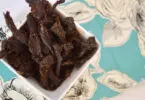

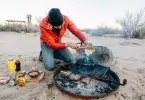

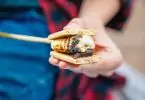
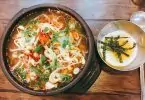
Not only was this a great post for hiking food, it was a great quick nutritional run down. When I go camping, one of the biggest problems I have is with the flies. They keep getting to my food! How would you solve this problem???
If you are a group of few people I feel like preparing a meal with to many things will not be possible. And also I feel like we should consider about the energy more than the taste. Isn’t it?
This is true, but sometimes people need taste to enjoy something healthy.